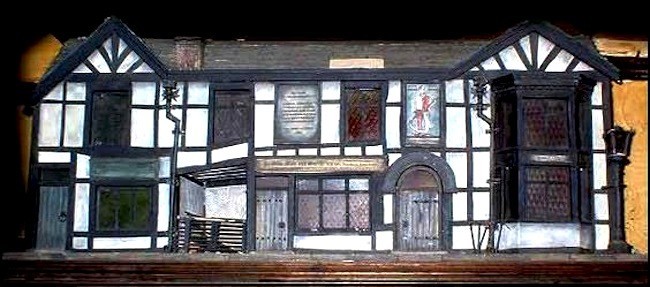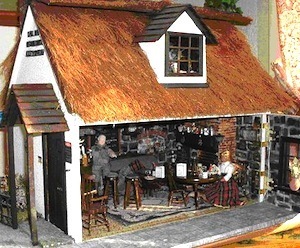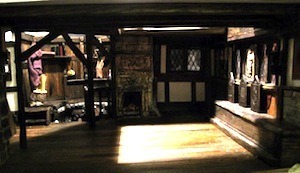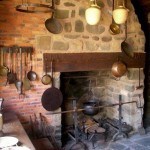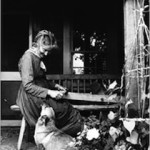Tudor Ale House
Tudor Ale House
Today it’s called a pub. Don’t be fooled by the name, it’s still a private business licensed to sell alcohol to the general public. The big difference between the present-day “local” and its Tudor ancestor is the area served. The Church had been the center of village life until Henry VIII ordered the destruction of over nine hundred structures.
The ale house offered public rooms, as well as food and drink where many church functions could be held.
It all began in 43 AD when the first Roman wine bar, known as a “tabernae,” was opened in England to help quench the thirst of the legionary troops.
Middle Ages
In the middle ages, the selling of ale was done by women trying to earn some extra money. They brewed it at home and sold it wherever they could, out the back door or on market day in the village. By the fifteenth century, the selling of ale became more sophisticated and ale-sellers, who were now predominantly male, provided a “drinking room” where the customers could enjoy their brew and eat cakes or a bun or two. The more successful added meat pies and fish dishes. They were not classy places. Most alehouses were shabby one or two-room cottages, considered inferior to inns and the taverns the upper-class might frequent. The social division was clear: the ale house was for the lower orders.
Tudor Changes
Under the Tudors, things changed. Peter Clark, a professor of history at the University of Leicester, believes that one of the main reasons for the emergence of the alehouse as a prominent institution in the Tudor period was the impact of the Protestant Reformation. In the middle ages, the parish church had dominated the life of the towns. After the Dissolution when Henry VIII destroyed over 900 cathedrals and other Catholic Church buildings, the alehouse became the village gathering place.
The Public Room
Secular and religious celebrations took place in the “public room.” Christenings, wakes and marriages, private parties and village council meetings – it was a place where the public gathered, often at no charge, if food and drink were consumed.
It is estimated that under the Tudors there were some 17,000 alehouses, 2,000 inns and 400 taverns throughout England and Wales. Taking into account the population of the period, that would equate to one pub for every 200 persons.
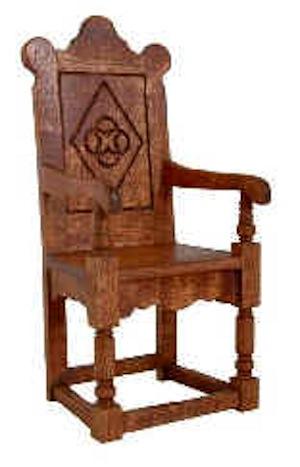
Tudor ale house chair
Tudor Miniature Resources
Google “dollhouse Tudor almost anything” and screens full of sales sites and blogs appear. I find one of the most interesting resources is the Blackden Trust, a Tudor reconstruction project. It offers the miniaturist enthusiast a wonderful variety of real-life buildings, furnishings and tools to explore. There are many online shops selling authentically crafted objects for this popular era.
Susan Downing, with Patick Owens


